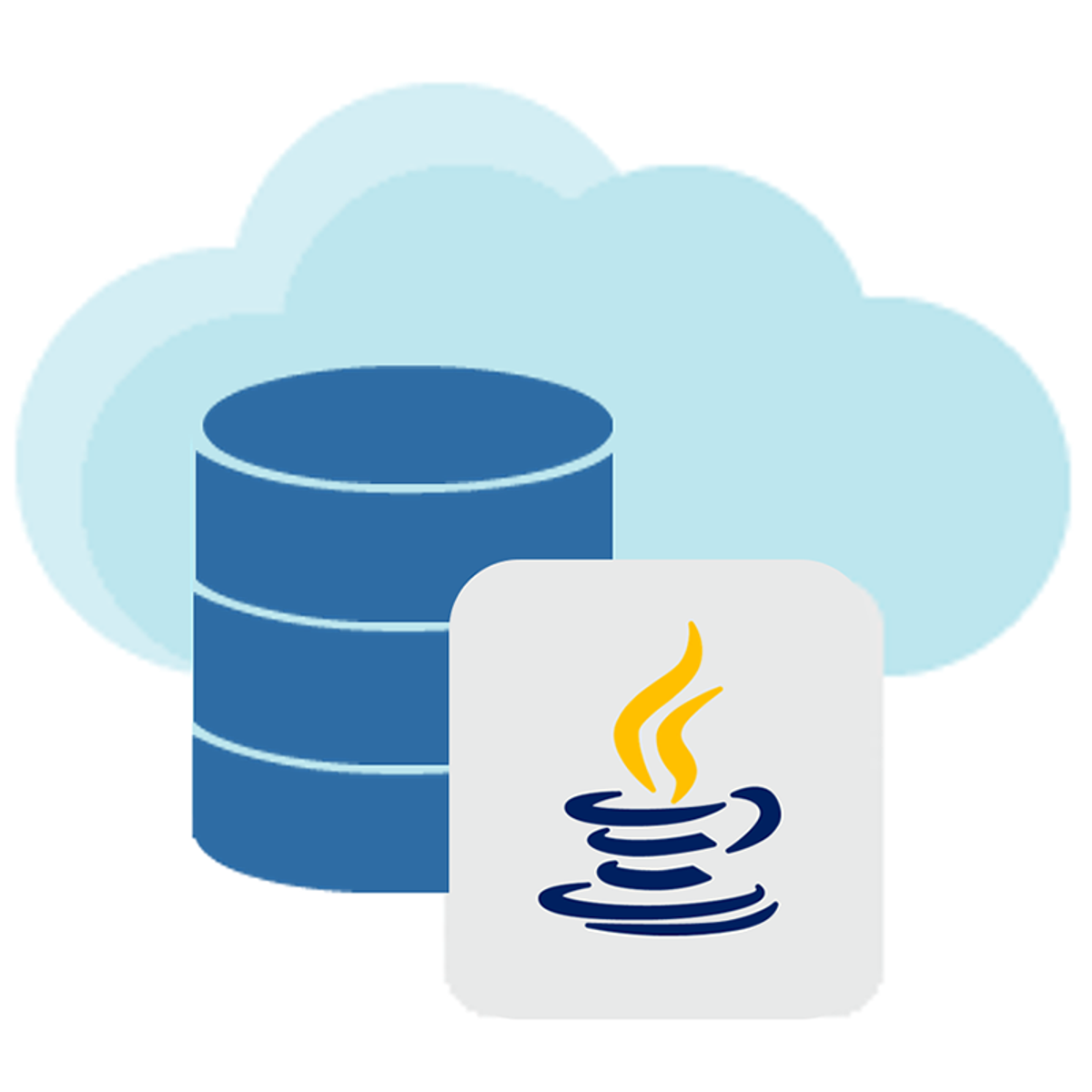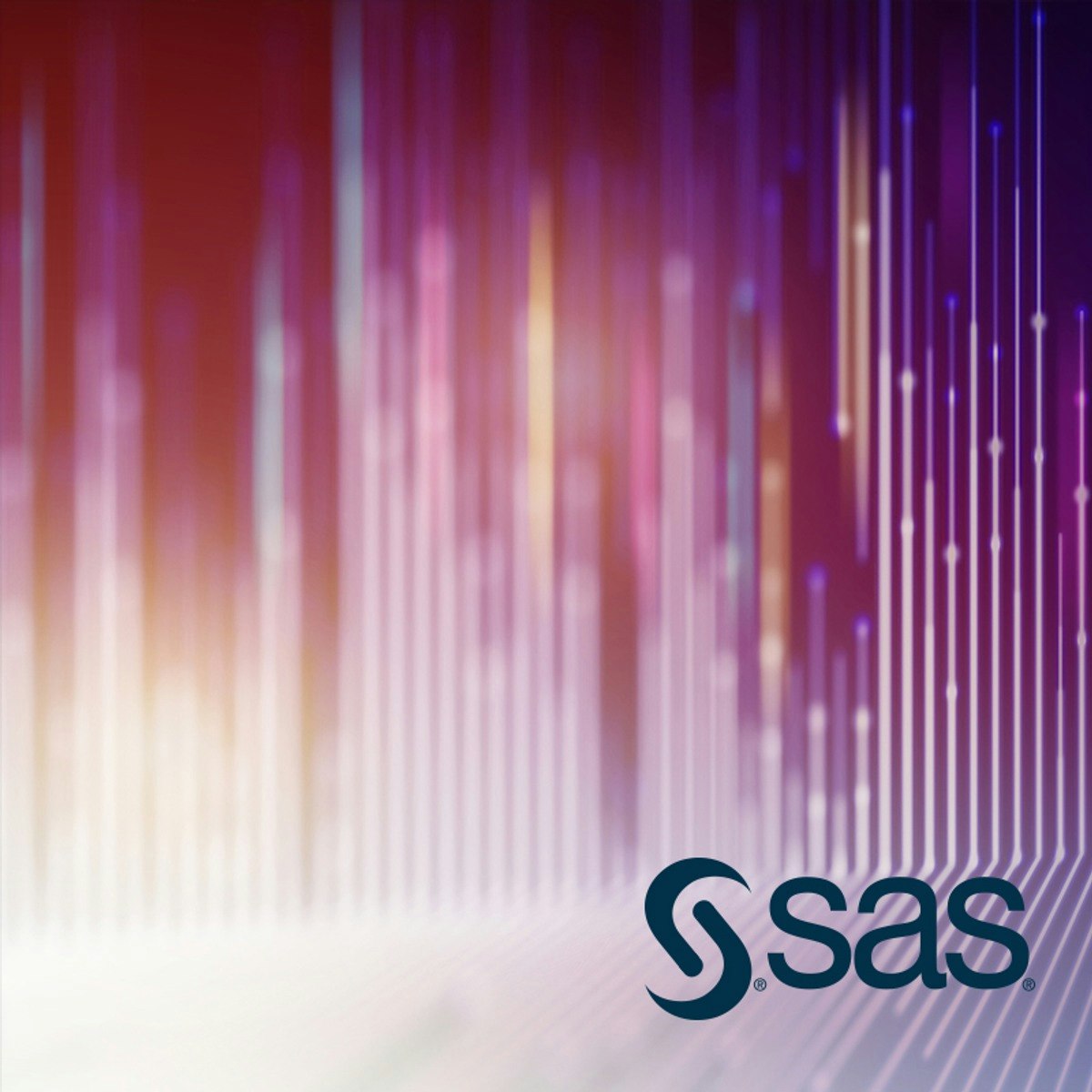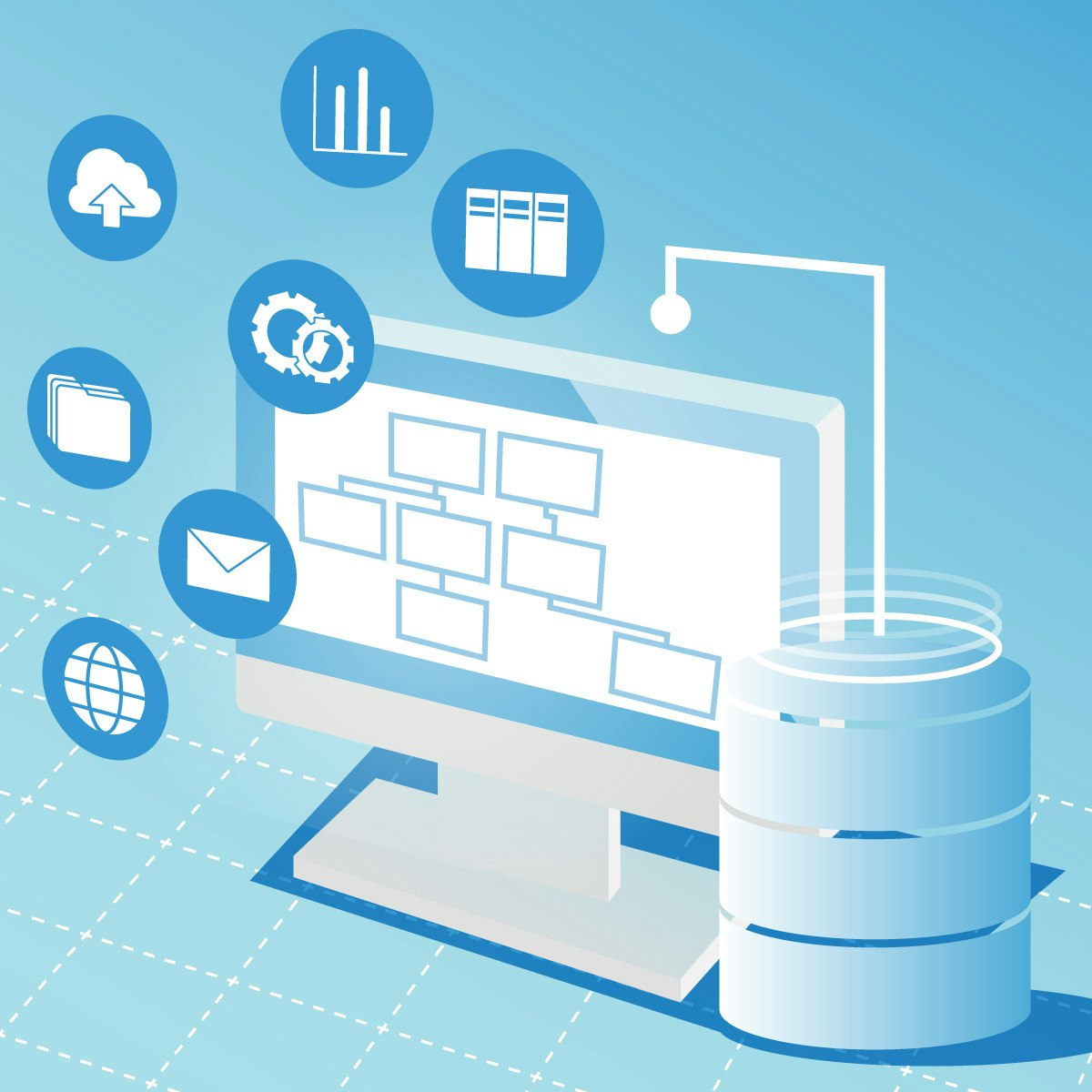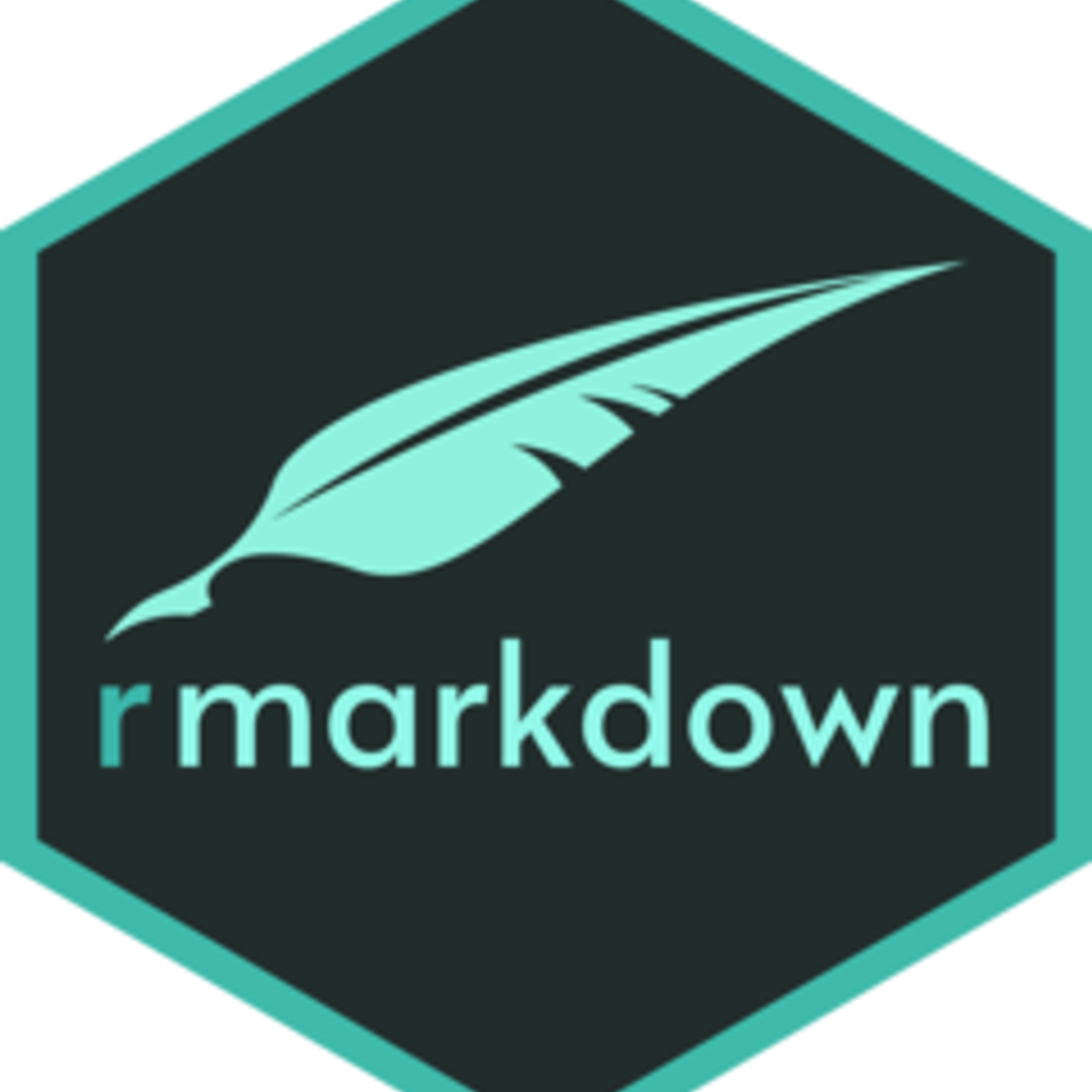Back to Courses









Data Management Courses - Page 12
Showing results 111-120 of 399

Achieving Advanced Insights with BigQuery
The third course in this course series is Achieving Advanced Insights with BigQuery. Here we will build on your growing knowledge of SQL as we dive into advanced functions and how to break apart a complex query into manageable steps.
We will cover the internal architecture of BigQuery (column-based sharded storage) and advanced SQL topics like nested and repeated fields through the use of Arrays and Structs. Lastly we will dive into optimizing your queries for performance and how you can secure your data through authorized views.
After completing this course, enroll in the Applying Machine Learning to your Data with Google Cloud course.
>>> By enrolling in this specialization you agree to the Qwiklabs Terms of Service as set out in the FAQ and located at: https://qwiklabs.com/terms_of_service <<<

Prepared Statements and Stored Procedures
This is the second course in Java Database Connectivity (JDBC) and builds upon the core principals and techniques in the JDBC 1 course. It utilizes PreparedStatements, highlighting their advantages over JDBC Statements. It will also introduce utilizing Stored Procedures on the database server itself to encapsulate complex SQL and PLSQL logic. The Course also introduces the idea of querying the database meta data such as table structures and how to cope with different SQL syntax for different Jdbc complaint databases via the JDBC escape syntax.

Introduction to Digital Transformation Part 1
This course was designed to introduce the key components of digital transformation so you can understand the drivers and economics of innovation and technological change to create competitive advantage in your own industry. You'll learn the business value of data and how the exponential growth in core technologies such as artificial intelligence and autonomy are impacting the nature of competition. You will also develop an understanding of the “digital transformation stack” - infrastructure, technology, business functions, and strategy -- and use the framework to map an approach to transforming your business. This course is idea for anyone whose industry is undergoing a digital transformation and for those who want a deeper understanding of digital transformation so they have the foundational knowledge to help lead digital transformation.

CASL Programming for Distributed Computing in SAS® Viya®
Welcome to the CASL Programming for Distributed Computing in SAS Viya course. SAS Viya is an AI, analytic and data management platform running on a scalable, distributed, cloud-native architecture.
In this course you will learn how how to use the native CAS programming language (CASL) to leverage SAS Cloud Analytics Services (CAS), the high-performance, in-memory analytics and distributed computing engine in SAS Viya . You will learn how to use CASL to access, explore, prepare, analyze, and summarize data in the CAS server's massively parallel processing environment.
This is an advanced course, intended for learners with at least one year of programming experience with a modern language: (SAS, R, Python, SQL, and so on), and at least one year of experience working with data. To be successful in this course, you should have a general understanding of fundamental computer programming concepts and the data analytics lifecycle.
By the end of the course, you will be able to:
- Understand and use various SAS Viya servers.
- Connect to the CAS server to access and manage data.
- Use CASL to explore, prepare and analyze data.
- Create reports and visualizations using SAS Viya.

HBase to Bigtable Offline Migration
This is a self-paced lab that takes place in the Google Cloud console. Get introduced to using Cloud Bigtable with the Java HBase client. Learn how to: avoid common mistakes with schema design, import data in a sequence file, and query your data.

The Nature of Data and Relational Database Design
This course provides a comprehensive overview of data, various data types, design of databases for storage of data, and creation and manipulation of data in databases using SQL. By the end of this course, students will be able to describe what business intelligence is and how it’s different from business analytics and data science, conduct a basic descriptive statistical analysis and articulate the findings, and differentiate between types of statistics. They will also be able to define normalization and ETL, create an ERD that shows progression from conceptual to logical to physical design, define DDL, DML, DCL, and TCL, and write SQL scripts to create a database and associated tables.

Introduction to Cloud Bigtable (Java)
This is a self-paced lab that takes place in the Google Cloud console. Learn how to avoid common mistakes with schema design, import data in a sequence file, and query your data using Cloud Bigtable with the Java HBase client.

Internet of Things: Qwik Start
This is a self-paced lab that takes place in the Google Cloud console. This lab shows you how to use Google Cloud Platform Console to create a Cloud IoT Core device registry and register a device. It also shows you how to run a sample to connect a device and publish device telemetry events.

Get Started with R Markdown
Welcome to this project-based course, Get Started with R Markdown. This project-based course is for people who are learning R and seek useful ways to organize their work in R. We will start this hands-on project with an overview of the project; then, we will get familiar with the RStudio interface and install the rmarkdown package. Be rest assured that you will learn a ton of good work here.
In this project, you will learn about R Markdowns and its’ usefulness to you as an R user. By the end of this 2-hour long project, you will be able to create an R Markdown, understand the different components of the file, knit the file as an HTML document or a pdf document and write some R Markdown commands. By extension, we will learn how to publish the knitted document on RPubs.
This project aims at learners looking to get started using the R programming language to create reproducible documents. There are no hard prerequisites, and any competent computer user should complete the project successfully.

The AI Ladder: A Framework for Deploying AI in your Enterprise
This course is intended for business and technical professionals involved in strategic decision-making focused on bringing AI into their enterprises. Through the use of a conceptual model called “The AI Ladder”, participants in this course will learn the requirements, terms and concepts associated with successfully developing and deploying AI solutions in their enterprises. After completing this course you will be able to explain and describe each of the steps required to ensure success when you build and deploy AI solutions in your business enterprise.
Popular Internships and Jobs by Categories
Find Jobs & Internships
Browse
© 2024 BoostGrad | All rights reserved